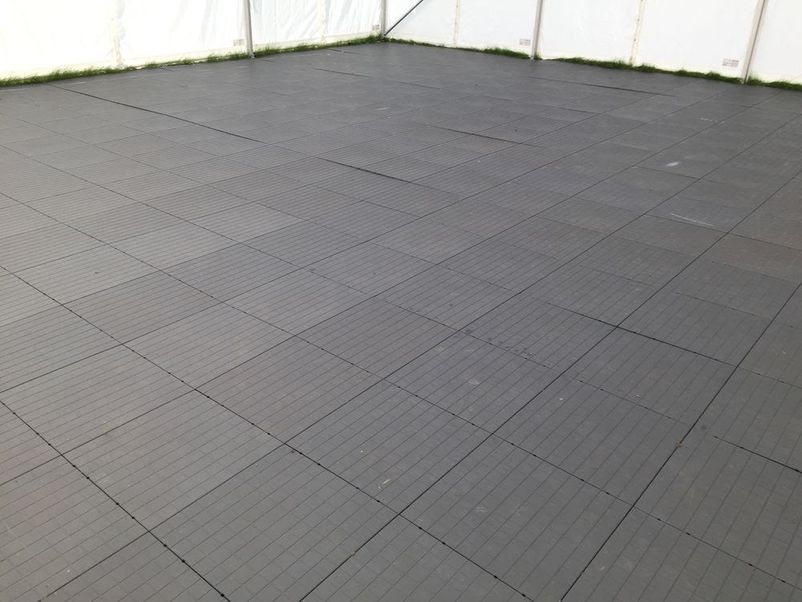 Within plastics, a distinction is made:
Within plastics, a distinction is made:
1) plastomery – termoplasty i duroplasty (thermosetting and chemically setting);
2) elastomery.
The production of plastics is based on two types of chemical reactions. As a result of them, macromolecules are formed from small monomer molecules. What are these chemical reactions called?
1. Polimeryzacja: the monomers connect to each other by opening their double bonds.
2. Poliaddycja: macromolecules are formed as a result of rearrangement of the atoms of the starting molecules.
3. Polikondensacja: the formation of a macromolecule is accompanied by the formation of by-products (the most common water).
A large number of different materials and products can be obtained from the small number of original plastics by modifying the compounds. Please list four possibilities for modifying the plastic, as a result of which the material acquires other properties. Plastics are modified by:
1) kopolimeryzację (joint polymerization of different monomers);
2) polimeryzację mieszaną (mixing different plastics);
3) dodanie plastyfikatora (increasing flexibility);
4) dodanie środka porotwórczego (production of foamed plastics).
Plastics are most often given short names. Which materials are marked with the orphans listed below?
1) GFK 6) PE 11) PY AC
2) ABS 7) PP 12) PVC
3) PE-CS 8) PMMA 13) SB
4) EP 9) PS 14) UP
5) PA 10) PUK
These are the following materials:
1) tworzywa sztuczne wzmacniane włóknem szklanym;
2) akrylonitryl – butadiene – styrene;
3) polietylen chlorosulfonowy;
4) żywica epoksydowa;
5) poliamid;
6) polietylen;
7) polipropylen;
8) polimetylmetakrylan metylu (acrylic glass);
9) the police;
10) poliuretan;
11) polioctan winylu;
12) polichlorek winylu;
13) styrene – butadiene;
14) żywica poliestrowa nienasycona.
How can plastics be recognized at all?
1. Pierwsze, most often only a very superficial distinction is possible on the basis of its appearance.
2. Możliwe jest rozróżnianie tworzyw sztucznych poprzez próbę spalania. Based on the observation of the flame and the smell test, the type of material can be determined.
3. Plastics can be recognized by their different solubilities. Various manufacturers of car paints offer suitable solvent sets for this purpose.
4. Plastics can be recognized by their resistance to high temperature. All thermoplastics have a characteristic softening point.
In practice, recognizing plastics is very difficult. Optical examination usually does not allow a clear diagnosis. The flammability test is usually impossible to perform, for this would require a suitable sample. This also applies to the dissolution test. The heat resistance can only be more accurately determined under laboratory conditions. In practice, we rely on the manufacturer's information.